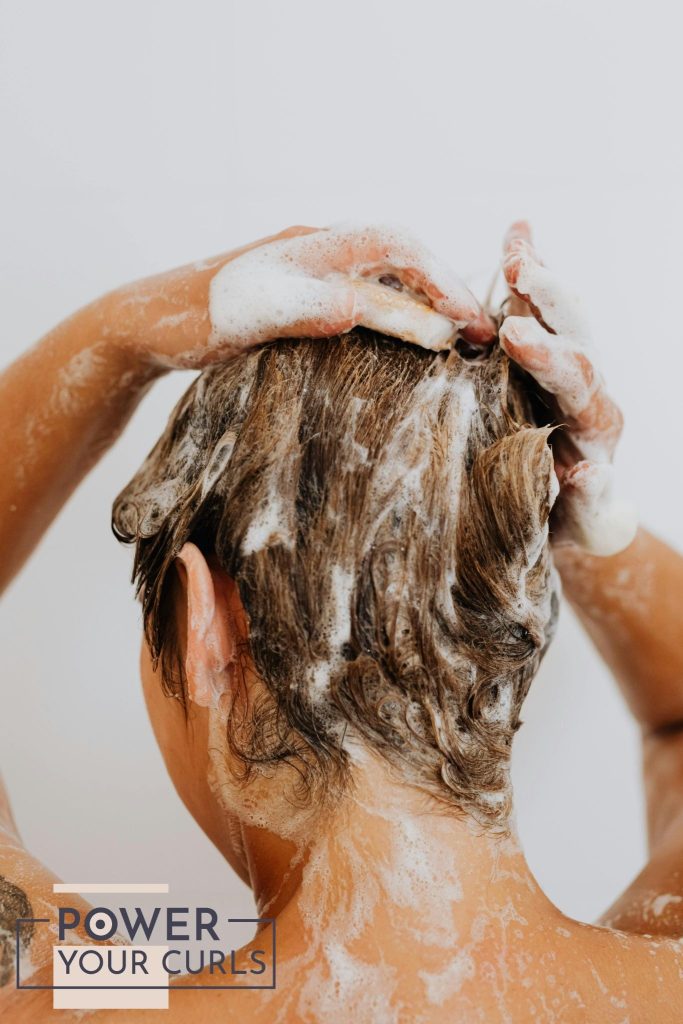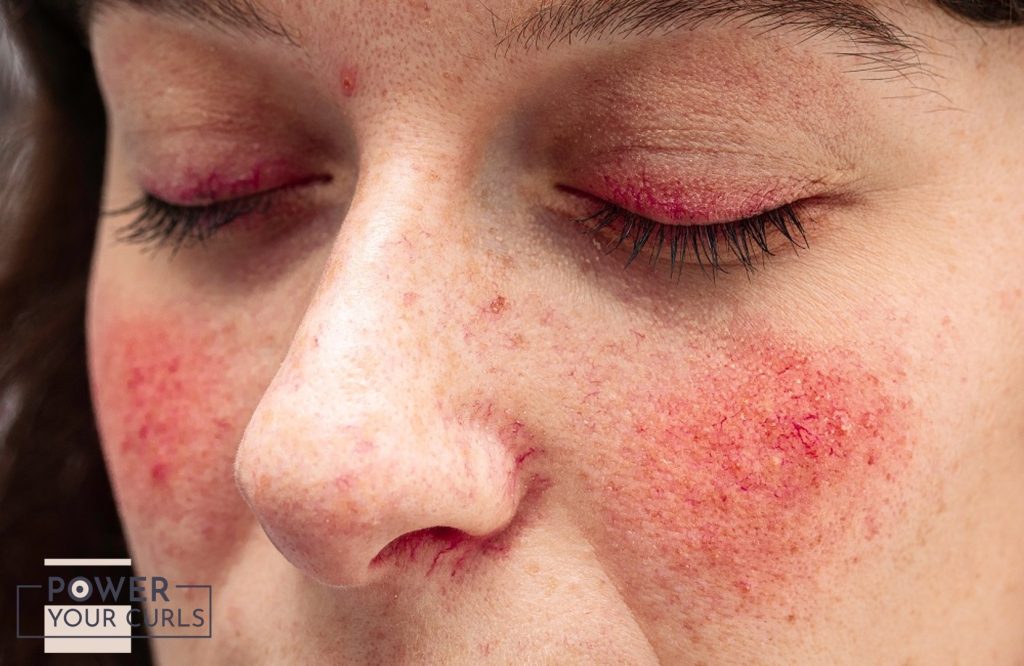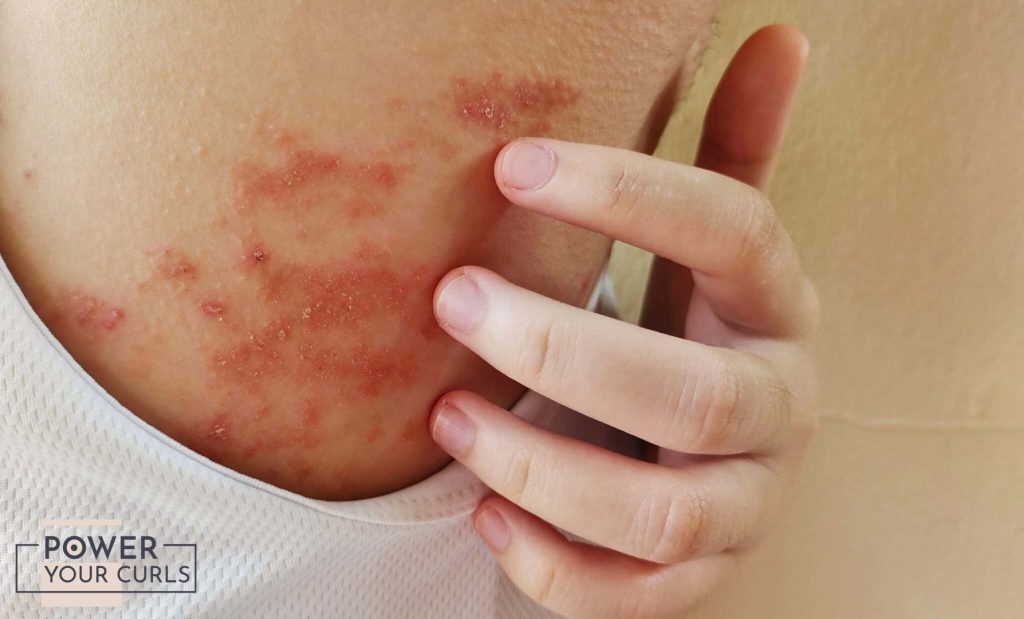Having a regular hair care routine is essential to keep your hair luscious and healthy, but what if the hair care products you’re using are actively harming not only your hair but also your health?

Parabens and Sulfates: What Are They?
If you go into your bathroom and pick up your bottle of shampoo, chances are that on the ingredient list, you see a bunch of ingredients that are actually classified as parabens or sulfates.
Parabens
Parabens, short for p-hydroxybenzoates, have been around for centuries and began being used in cosmetics during the 1920s. Parabens are preservatives that can occur naturally in certain fruits and plants, but most that we are exposed to today are manufactured for mass-produced products.
Some products that contain these manufactured parabens include cosmetics and hygiene products. This is to prevent the growth of harmful bacteria and mold, prolonging their shelf life.
Sulfates
We’ve touched briefly on sulfates in the past. Sulfate, a group of mineral salts, forms when sulfuric acid reacts with another chemical, acting as surfactants with water-soluble and water-insoluble properties.
Many consumer products contain sulfates, which act as surfactants, binding to oil, fat, grease, and dirt to remove them from surfaces, including the skin and scalp. Because of their ability to lather hair, they are frequently utilized in shampoo and soap.
Are Parabens and Sulfates Dangerous?
Although parabens and sulfates have been staple ingredients in many consumer products for decades, their possible effects on health have become a topic for scrutiny in more recent years.
Parabens
Concerns regarding the safety of parabens arose in the early 2000’s when a study conducted by affiliates of the University of Reading in the UK discovered the presence of parabens in human breast tissue.

More recent studies appear to support this discovery, such as one published in 2024 which highlighted that long term exposure to parabens has been linked to skin allergies, endocrine dysfunction, and reproductive issues, as well as their effects on the visceral organs. Even more concerning, samples from breast cancer patients were found to have parabens, indicating a link between parabens and carcinogenesis.
Sulfates
The effects of sulfates is a more highly debated topic. While multiple studies have come out about the adverse effects of parabens on health, the use of sulfates has spurred vastly different opinions from different groups.
The American Cleaning Institute (ACI) actively works to disprove the alleged myths and misinformation regarding sulfates. On their website, they cite multiple agencies such as the U.S. Environmental Protection Agency (EPA), The Food and Drug Administration (FDA), and the Cosmetic Ingredient Review (CIR) as sources supporting that sulphates are not only regulated and reviewed, but are also perfectly safe for use in cleaning products, cosmetics, and personal care items.

Sulfates and misinformation
So, with all this information, why is it that the safety of sulfates is still greatly debated?
The concern surrounding sulfates allegedly began in the 90’s when misinformation about sodium lauryl sulfate (SLS) in household cleaning products became rampant. Scientific studies, such as those mentioned previously, were misinterpreted by the public and soon after led to people vilifying the ingredient.
Safe or not?
The question still stands: “Are sulfates safe?” and the best answer we can give is it depends.
While there isn’t any evidence that indicates that sulfates are harmful, individuals who are afflicted with certain skin conditions should opt for sulfate-free products to avoid aggravating their condition.

Rosacea
Rosacea is a common inflammatory skin condition marked by flushing or persistent redness on the face, although it can also affect other areas such as the eyes. It often leads to swollen blood vessels and tiny, pus-filled lumps. Different varieties of rosacea can cause pimples and skin swelling. The medical condition is chronic and has no cure, requiring continuous care.

Eczema (Atopic Dermatitis)
Atopic dermatitis, often known as eczema, is a chronic skin illness characterized by dry, itchy, and irritated skin that primarily affects young children but can occur at any age. It flares up frequently, leading to irritation, but it is not contagious. People with atopic dermatitis are more likely to develop other allergic reactions, such as food allergies, hay fever, and asthma. The disorder impairs the skin’s barrier function, which is essential for moisture retention and protection from external factors, resulting in a bumpy texture and increased dryness.
Final Thoughts
Both sulfates and parabens are common ingredients in shampoos and cosmetics; but unlike sulfates, parabens may cause skin sensitivities and even cancer. Sulfates, on the other hand, are considered safe by organizations such as the FDA and EPA, although people with sensitive skin problems like eczema and rosacea should exercise caution when using them.
Want to learn more about hair health? Then read our article “The Dirty Truth About Sulfates: Why Your Shampoo Might Be Stripping Your Hair?” or learn more from our blog here.
Disclaimer
Power Your Curls Pty Ltd. and all of its content are for informational purposes only. All information is believed to be accurate at the time of posting and should NOT be taken as professional medical advice. Please seek a medical professional in the event of pain or injury.
